3. Why are Disney World’s parks so spread out?
The Question
If there’s one thing people know about Disney World, it’s that it’s big. Its parks are all pretty much enormous, and they’re accompanied by more than two-dozen resort hotels famously spread around a property the size of San Francisco. And yes, Disney World’s massive size is part of its identity; its story; its experience! But for a first time guest visiting the resort, it might appear to be… well… entirely random.
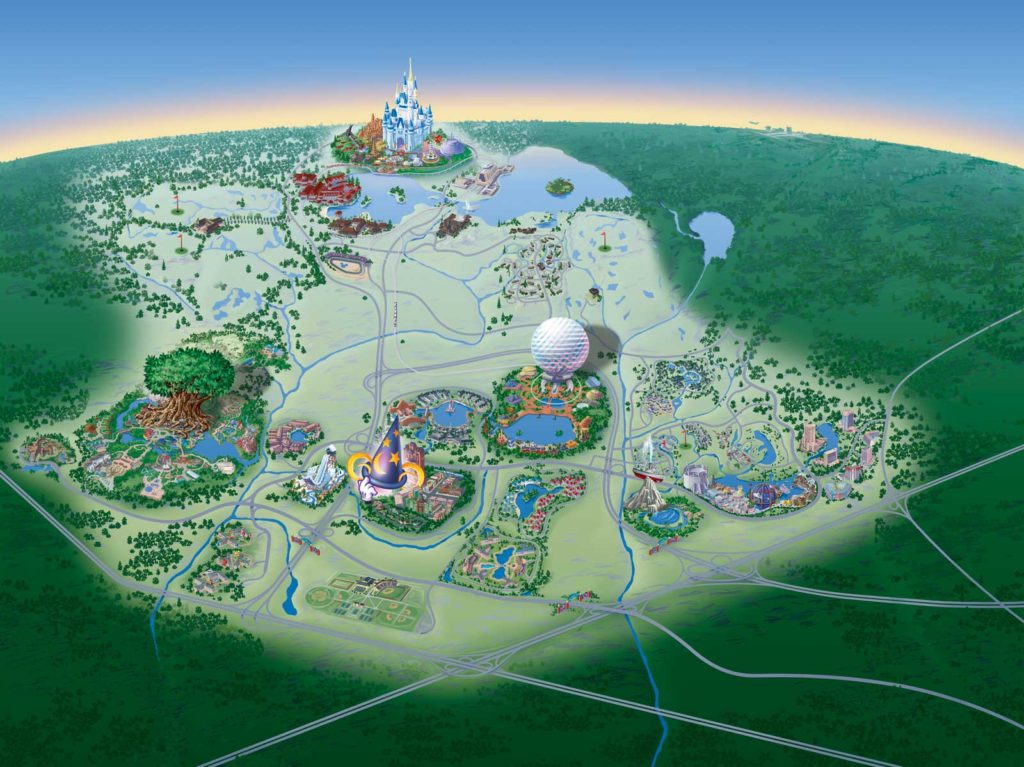
To get from one park to another, your trip may include any combination of bus, ferry, Monorail, walking path, personal vehicle, and/or Skyliner, each meant to get you one step closer to theme parks separated from one another by literal highways. Just ask a first time guest who learns that the only way between Animal Kingdom Lodge and Animal Kingdom is a bus, and they’ll agree… sometimes, Disney World’s size (and the solutions that have developed around it) can be weird.
It does make you wonder: if Disney World could be “reorganized” knowing what we know now, would Disney World planners do things any differently? Might there be a single plaza with four parks branching off from it? A main monorail loop around Bay Lake connecting parks rather than hotels? Why are Disney World’s parks so spread out?
The Answer
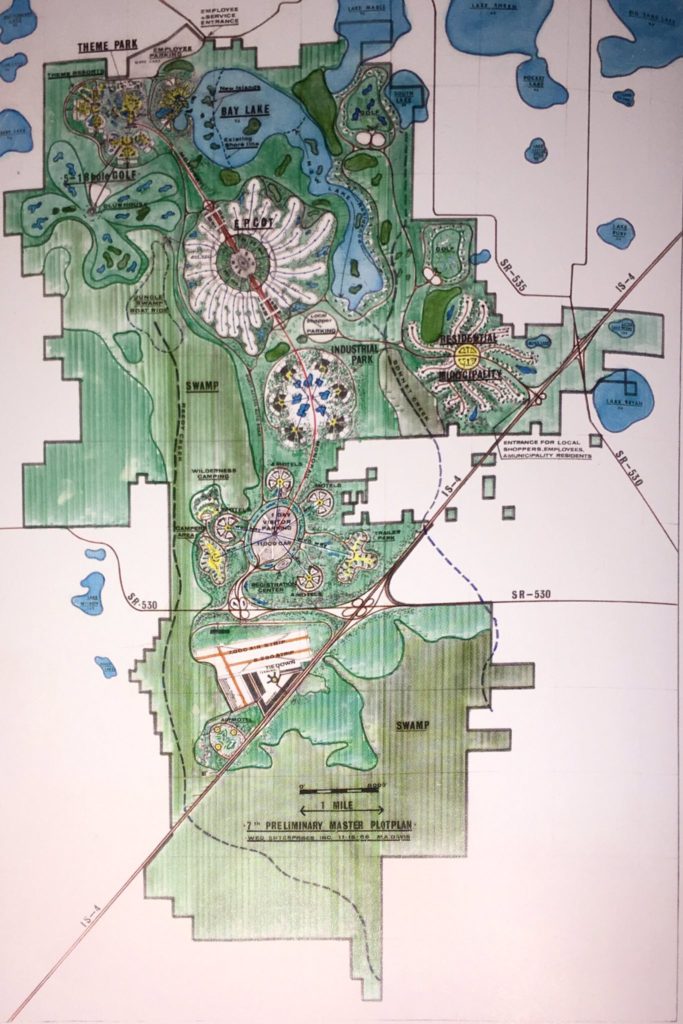
Walt Disney World’s size is, of course, no accident! Walt and his team acquired their massive Floridian land-holdings intentionally so as not to deal with the urban sprawl that had hemmed in Disneyland (again, with the city of EPCOT as the centerpiece). Master plans for the property show a dedicated airport connected to EPCOT, then to a single theme park, via Monorail, with an extensive network of pollution-free Peoplemovers then radiating out to the finer points of the property – an elegant and thoughtful solution!
But the resort’s piecemeal construction since has seen the operation sprawl across its 40 square mile property, extending well beyond the initial Monorail loop and creating a situation where parks are connected by highways, oriented in different directions, and seemingly set randomly amidst lakes, hotels, sinkholes, swamps, and existing roads.
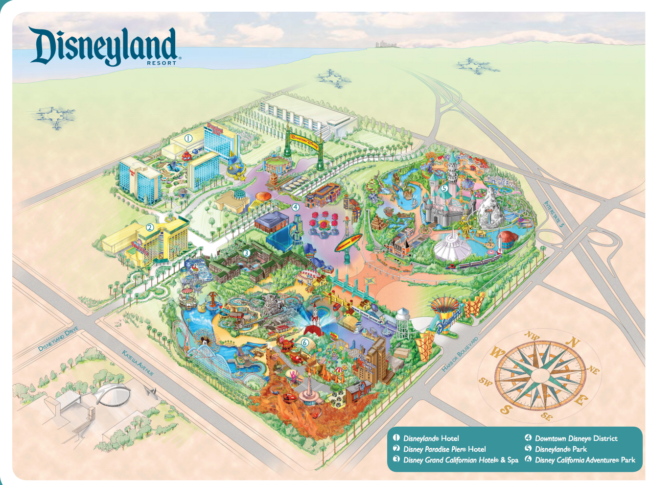
Disney World may have become the first “multi-park resort” when EPCOT Center opened in 1982, but it wouldn’t be the last. The only difference is that every other resort since has nestled its theme parks up against one another. So Disneyland, Universal Orlando, Disneyland Paris, and Tokyo Disney Resort each centralizes parking; each connects its destinations via walking paths, water taxis, and trams; each gives resort guests an entirely vehicle-free vacation as they stroll wooded paths or walk through purposefully-placed shopping districts to the parks.
While the compactness of other resorts is more a logistical necessity than a choice, it’s evolved into the de facto model for multi-park destinations, feeling fittingly modern, cozy, and pedestrian friendly versus Disney World’s gas-guzzling buses, blacktop parking lots, traffic backups, and inaccessible destinations. Could it be that Disney World’s greatest asset has also become its greatest guest liability?
4. What does California Adventure have to do with California?
The Question

In the mid-90s, Disney World was prepping for its fourth theme park. Meanwhile, Disneyland looked almost exactly like it had in 1955: a single park and its gargantuan parking lot. Efforts to expand the historic park into a multi-day resort to rival its Floridian sister ebbed and flowed through the ‘90s until executives dreamed up a park that would give guests the chance to see all California had to offer… without leaving Disney property. Our Disney’s California Adventure – Part I feature walks through the pathetic park, which offered guests “attractions” like a tractor, a restaurant made of soap opera sets, and an unthemed drop tower you’d find at a local amusement park.
But California Adventure’s real problem that it was too much California, and not enough Disney. The park played as a spoof of the Golden State, blaring Beach Boys music as guests strolled a modern carnival boardwalk of circus freak posters and stucco walls, an “extreme sports” takeover of an old, rusty National Park, and a facade-lined “backlot” of modern Hollywood.
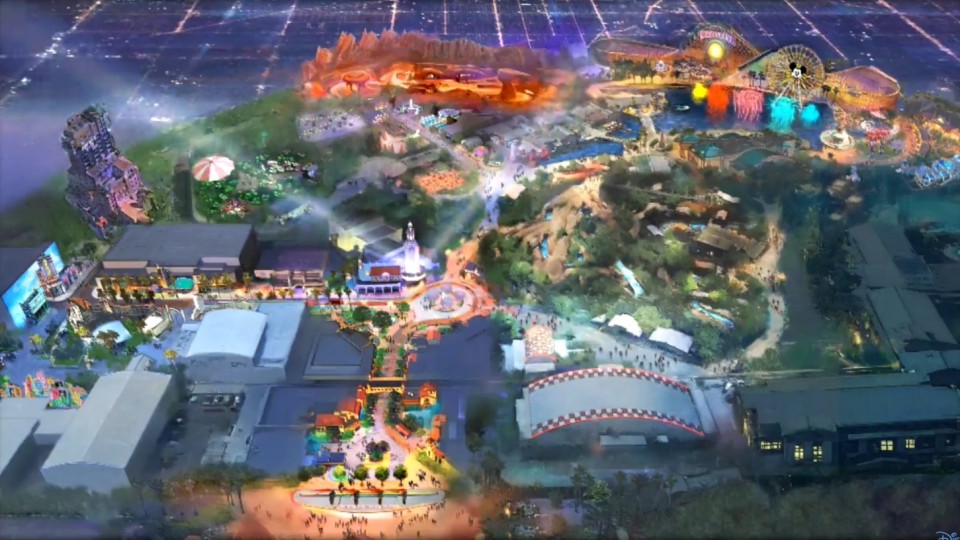
In a rare mea culpa, Disney issued a never-before-seen white flag and committed more than a billion dollars to an all-at-once, intentionally-designed reimagining of the park… Which is why it’s so strange that any first-time visitor would ask, What does California Adventure have to do with California?
The Answer

Increasingly, fans have been asking the same question. California Adventure’s famous five-year renovation from 2007 to 2012 systematically deconstructed each of the park’s lands and rebuilt them with a nod toward California’s rich history rather than as a modern spoof. The switch transformed the park into one of the most beautiful and cohesive Disney Parks on Earth, with wonderfully themed lands resembling a 1920s Los Angeles, a 1950s High Sierras National Park, a Pacific wharf, and a turn-of-the-century Victorian boardwalk.
The so-called “DCA 2.0” wasn’t yet a complete park, but it was at last a cohesive and consistent one – a transformation we explored in our Disney’s California Adventure – Part II history.
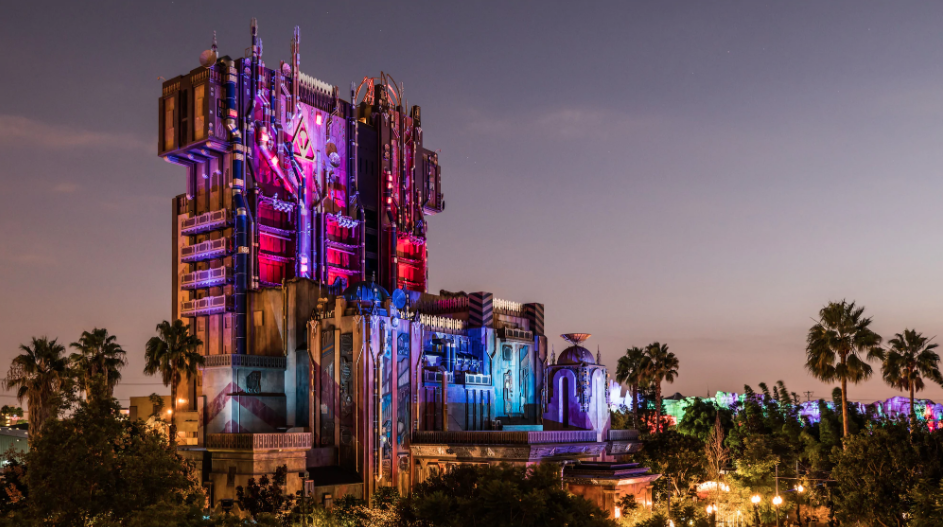
But in some ways, the park’s five year transformation lasted longer than that rich, reverent, historic, and uniquely-Californian “DCA 2.0” did. After just a few years, a second wave of updates came to the park, which awkwardly lost its three distinctly-Californian E-Tickets (California Screamin’ and the Lost Legends: The Twilight Zone Tower of Terror and Soarin’ Over California) as an influx of Disney, Pixar, and Marvel moved in.
As part of its ambitious reimagining, Disney California Adventure did get a name change and new logo in 2010… And since the continued shifts since have essentially bulldozed any Californian stories, some fans suggest it may be time for another.
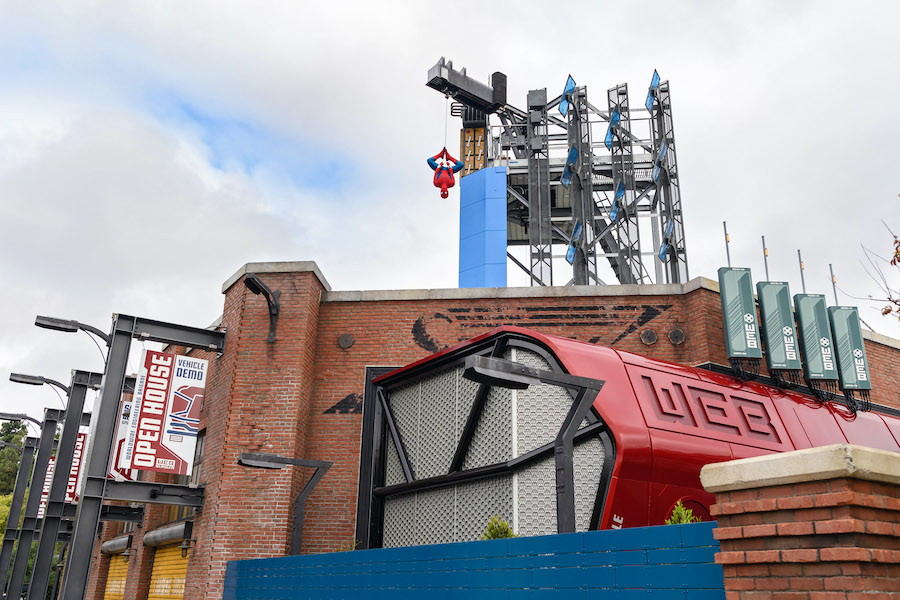
But the truth is that Disneyland’s infamous second gate is still a park of beautifully decorated lands that recall California’s history and spirit… it’s just that the rides inside those lands are exclusively themed to Monsters Inc, The Incredibles, The Avengers, The Little Mermaid, Inside Out, Guardians of the Galaxy, and Cars. The park that was “too much California and not enough Disney” seems to have become “too much Disney and not enough California”! But at least its continuing transformation still positions it as a fitting complement to Disneyland – something fans could never have imagined two decades ago.
5. What does Tomorrowland have to do with the future?
The Question
It’s clear that once upon a time, Tomorrowland was an architectural showcase of the future. Though Disneyland has hosted three versions of the land and Magic Kingdom two, there’s no question that both parks hosted their most iconic, classic, and beloved versions of the land in the ’60s and ’70s, when the aesthetic of the Lost Legend: Walt’s Tomorrowland created Space Age lands of whirling rockets, upswept roofs, relentless optimism, and gleaming white geometry.
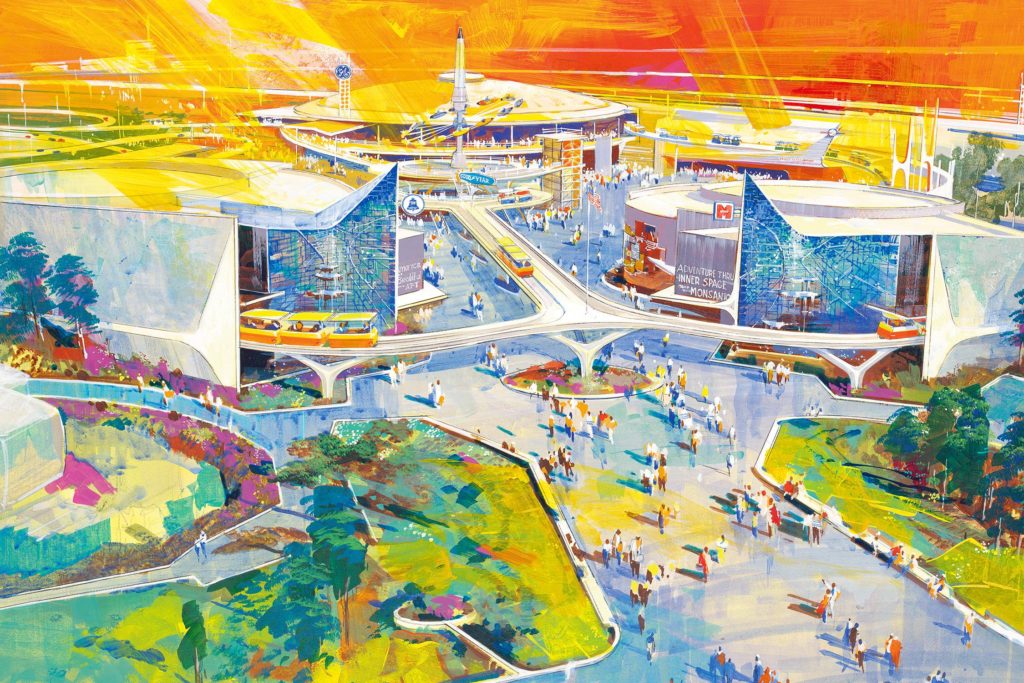
That mid-century modern aesthetic is gone from both lands (though there’s an ongoing attempt to revive it on both coasts). The result is that both Tomorrowlands are visually messy, packed with now-classic-and-beloved remnants of “the good ole days” buried beneath decades of attempts to bury it.
But especially if you look past the two Tomorrowlands’ style, it’s the lands’ substance that first-timers might take issue with. Beyond its quasi-retro-futuristic facades, each land of the future is populated by a collection of rides representing Toy Story, Finding Nemo, Lilo & Stitch, Star Wars, TRON, and Monsters Inc. So if they really thought about it, a first-time visitor would probably wonder aloud, What does Tomorrowland have to do with tomorrow?
The Answer
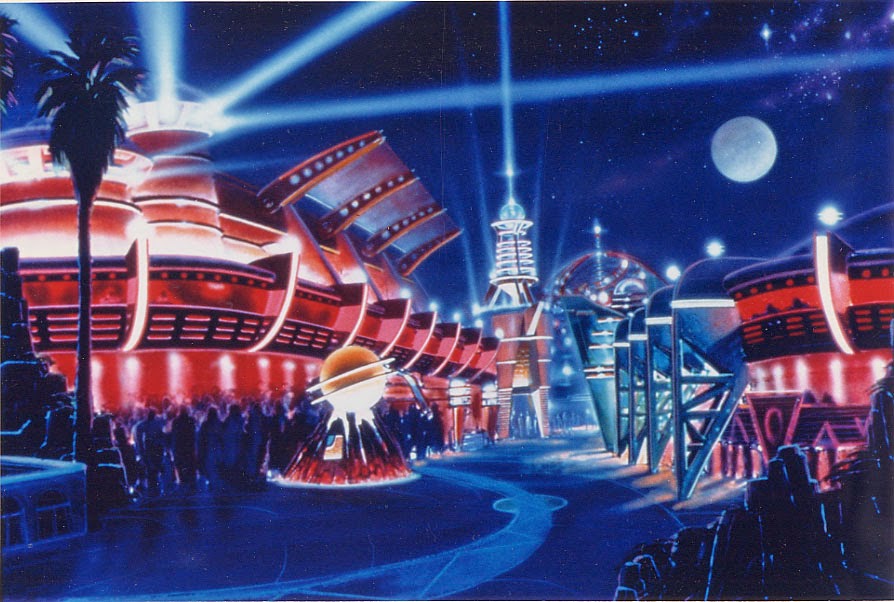
Magic Kingdom and Disneyland both have Tomorrowlands, but they don’t look very similar. That’s thanks to separate, distinctly-’90s reimaginings meant to mask the then-dated architecture of the ’60s and ’70s that pervaded both with more “timeless,” “fantasy” interpretations that wouldn’t require continuous updates.
Magic Kingdom’s became a pulpy, silver, sci-fi, comic book alien spaceport of landed spacecrafts, extraterrestrial businesses, Jetsons-style robots, gears, cogs, and neon (above). Disneyland’s instead borrowed the aesthetic developed for Disney’s Parisian park – a dark, bronze and copper future filled with red rocks and plants (below), where even Space Mountain was repainted brown and green.
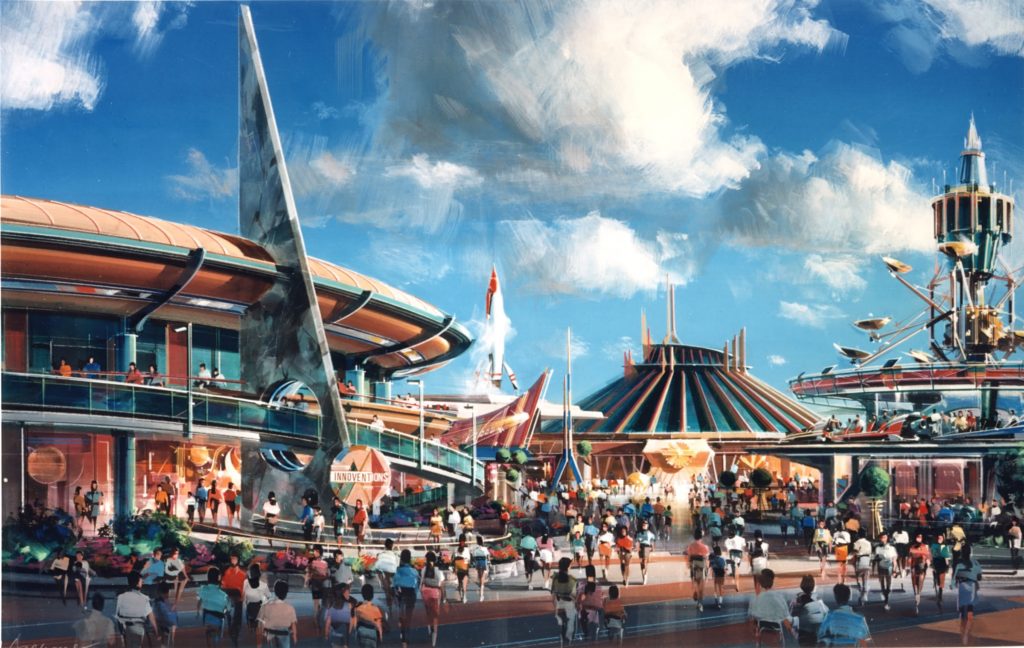
Ironically, neither vision of tomorrow ended up being as timeless as Imagineers had hoped, and both Tomorrowlands are slowly stripping away the ornamentation of the ’90s to instead reveal the Space Age architecture they’d been in such a rush to hide.
While larger, more complete refurbishments of Tomorrowland are reportedly on the shortlist for both resorts, a return to the simplicity of the Space Age is certainly a step in the right direction. (Mid-century modern architecture may have been out of vogue in the ’90s, but today, it feels like just the kind of optimistic retro-future that a Disney Park should subscribe to preserving.)
Whether the eventual “finished” Tomorrowlands visually represent ’60s throwbacks or extraordinary, fantastic, imagined architectural leaps into the future, if the land is still fundamentally a creative catch-all whose facades merely house mix-and-matched Disney and Pixar rides, is the spirit of “Tomorrowland” really live and well?


